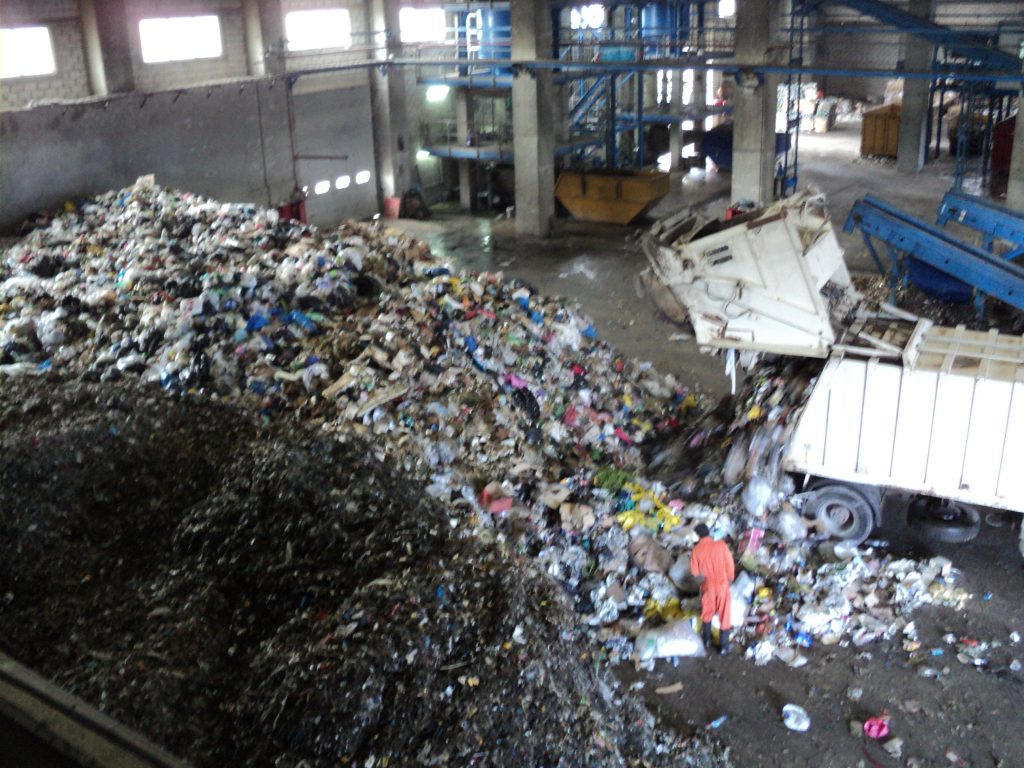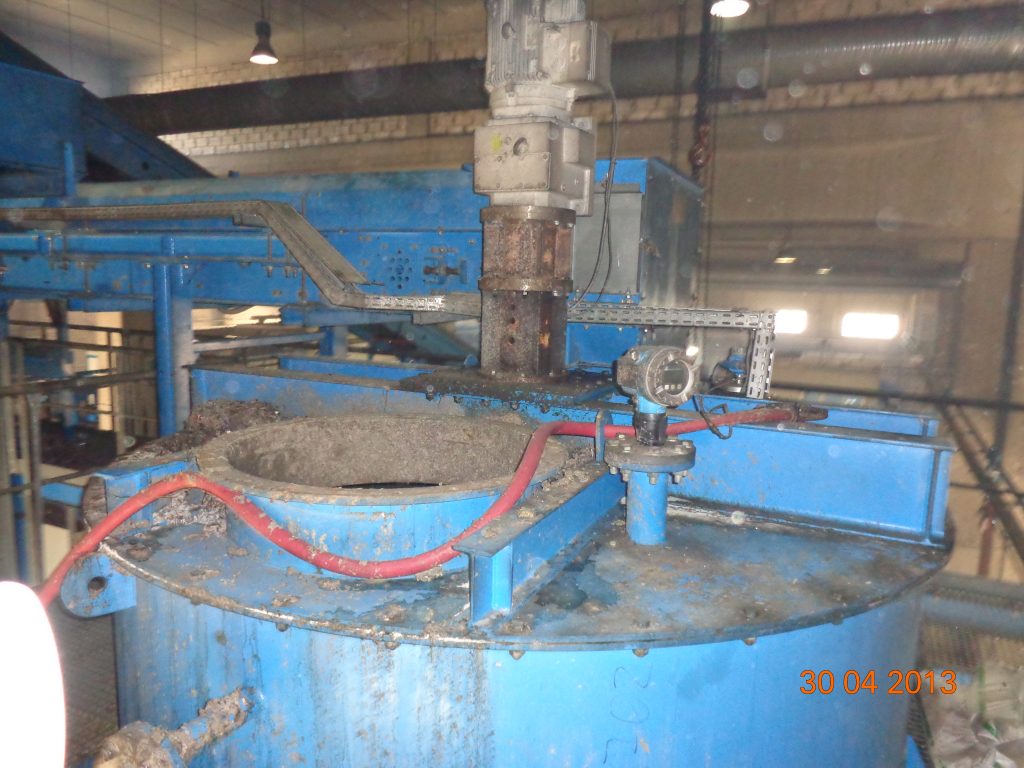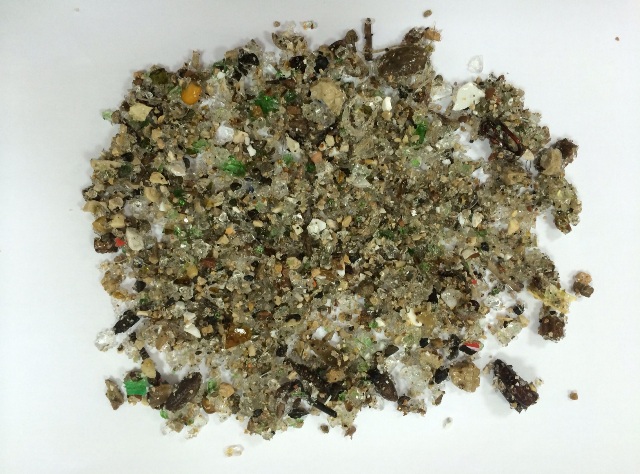IBC’s MBT Process:
Average composition of municipal mixed waste (MSW) received at IBC:

Mechanical treatment: The non organic fractions ( metals, cardboard, plastics, glass) are sorted & separated from the organic waste.
Biological treatment: The organic fractions are treated anaerobically by means of microorganisms. Bio-gas and compost are produced.

1- IBC’s Weighbridge: Accounting & Traceability
Current Plant Capacity = 550 t/day

2- Receiving & Sorting:
Receiving (Input) / Sorting (Material Separation: Organics, Recyclables, Refuse Derived Fuel, Inert, etc…)

At IBC, recovered recyclables include: Cardboard, Plastic, Metals and Glass. These materials do not have high re-sale value, but their potential resides in availing economic opportunities for efficient downstream secondary industrial operations. Recovered cardboards, metals and glass are ultimately transferred respectively to paper mills, foundries and kilns.
Plastic on the other hand; and PET, and then is sorted and separated into LDPE, HDPE, and PET then recycled internally to produce pellets for industry.







Organic Waste Mix Pump to Digesters:

Power & Heat Generation
At IBC, we do not only re-cover resources. We preserve them and generate our own heat and electricity, and re-use our water thus making IBC a leading producer of renewable energy and resources. The anaerobic digestion of the organic fraction produces biogas and water leaving a partially stabilized wet organic mixture.
The biogas; a mixture of methane, carbon dioxide and other gases, is cleaned from potential pollutants such as hydrogen sulfide and impurities in compliance with the highest International emission standards. It is used to fuel generators to produce electricity and heat. This energy recovery process saves the local environment from toxic gases, and the planet from the detrimental effects of methane & carbon diox de, both greenhouse gases contributing the most to global warming.
Biogas produced: 700 to 800 m3/hour
Each CHP consumes: 500 m3/hr of biogas.
Electrical Energy: Approx 950 Kwh from 500 m3 of biogas
Thermal Energy: About 1000 Kwh from 500 m3 of biogas

Plastic Pellets:
IBC and RokyPlast jointly recycle waste plastic to produce LDPE and HOPE pellets and PET flakes ready for use by secondary plastic processors as a prime raw material. The product is currently commercialized locally and exported abroad under the RokyPlast brand.

Soil Conditioner:
The organic fraction remaining after the intricate mechanical sorting and separation process is anaerobically treated in digesters. The resulting digestate is then stabilized, dewatered and sent for maturation.
Digestate is transferred to aerobic stabilization. Ammonia is stripped and valued as liquid fertilizer.
Treated sludge is dewatered then moved to maturation to produce compost/soil conditioner
The resulting compost is used as a soil amendment to improve soil quality structure and characteristics. The compost obtained from waste treatment at IBC is odorless and close in specifications to that obtained from source segregated processes.

Refuse Derived Fuel (RDF)
Light rejects of mixed waste such as styrofoam, pieces of cardboards, mixed paper, and used textiles are separated and treated to produce a high calorific value fuel substitute; refuse derived fuel (RDF). It is used in high temperature kilns in heat intensive industries. The RDF currently produced at IBC contains about 15% moisture and an officially tested calorific value of 26 megajoules per Kg (MJ/Kg).

Silica/Construction Products:
Silica compounds derived from the dense fraction of the waste are finely graded ceramic inert materials. These grits are used as backfill materials and sub-base in roads as well as in mixes for concrete building products such as building stones, sidewalk tiles, and hourdi blocks and slabs.
These products; when in addition they incorporate also IBC’s light fraction, are lighter in weight, have improved mechanical properties and thermal and acoustic insulation capacities.


